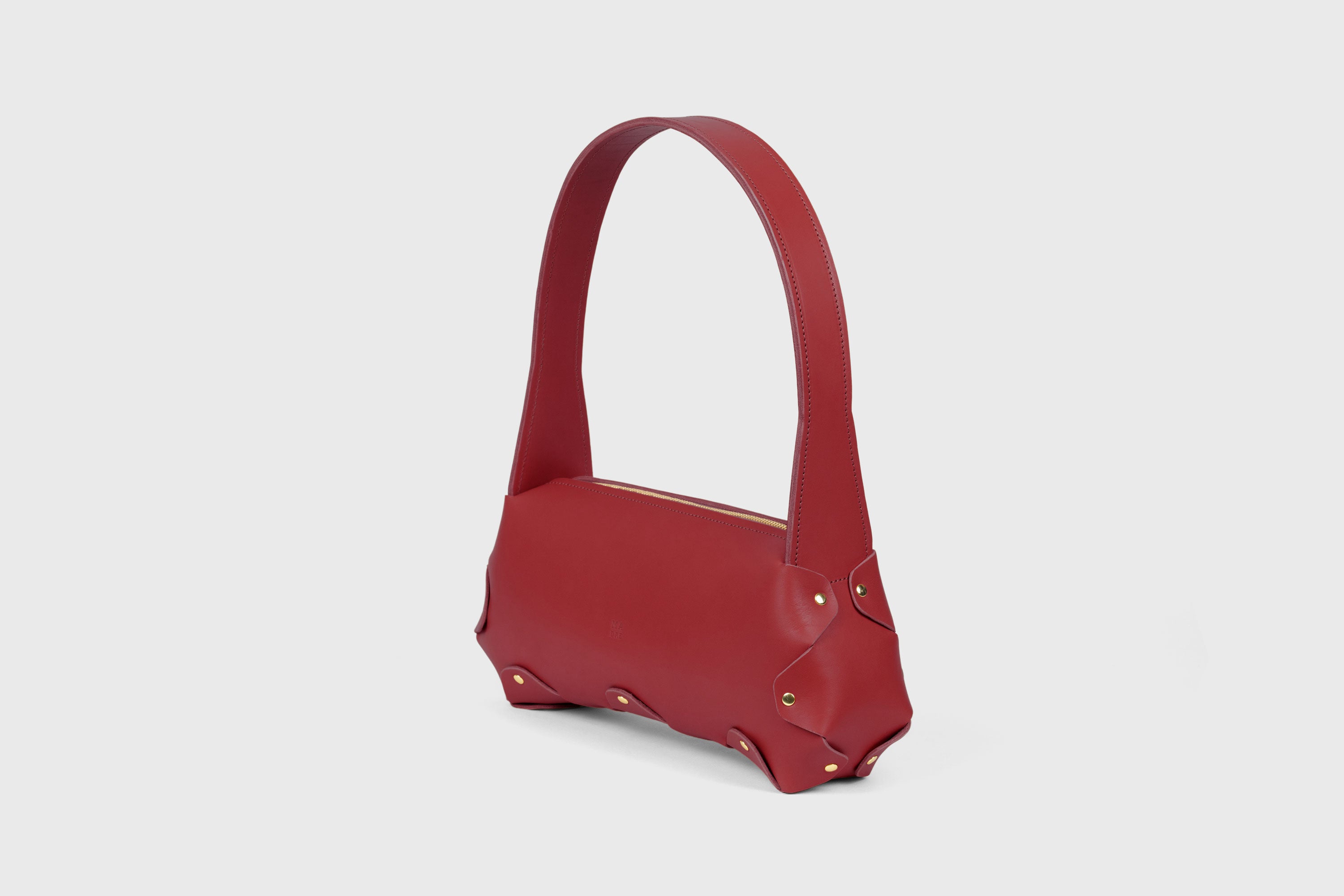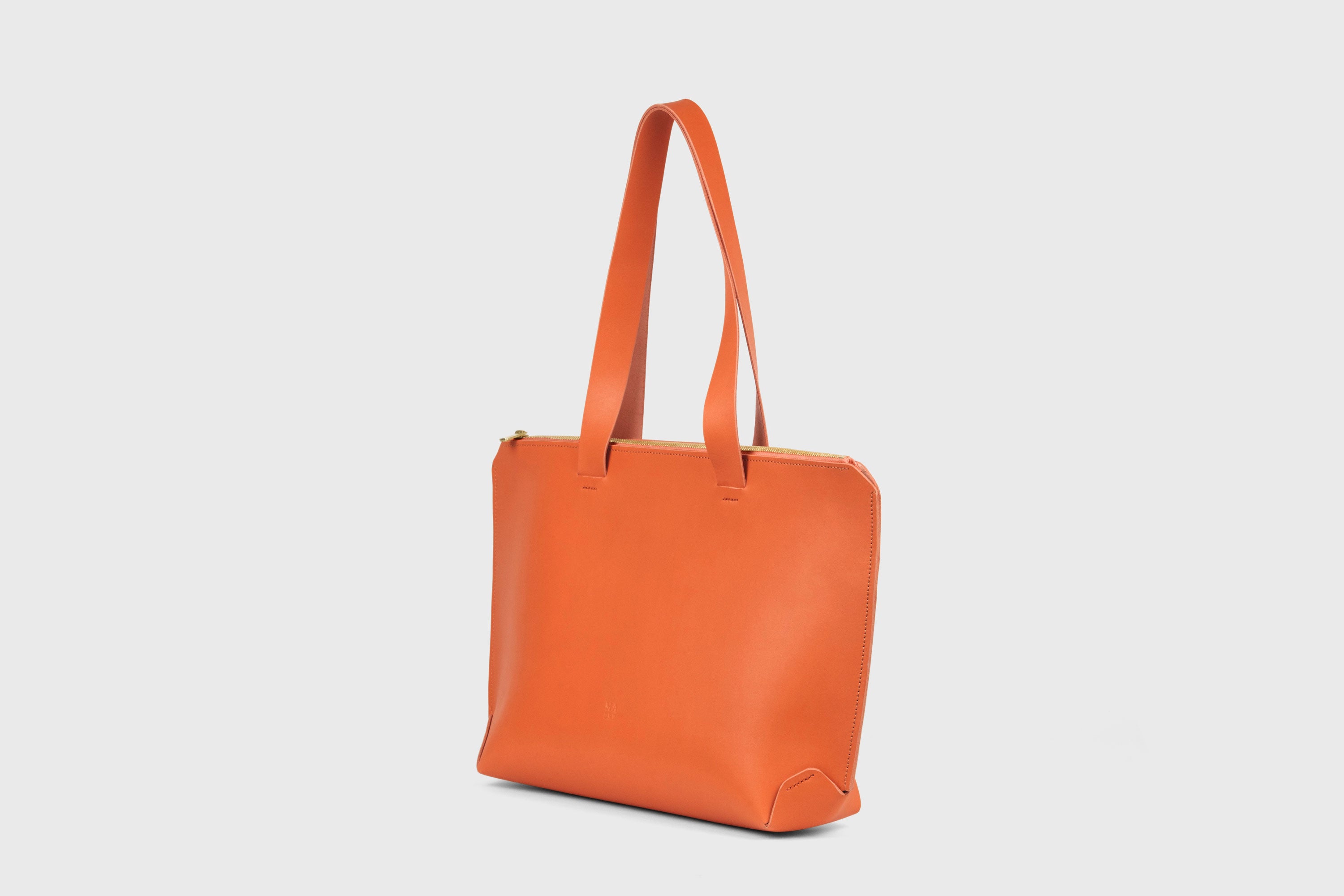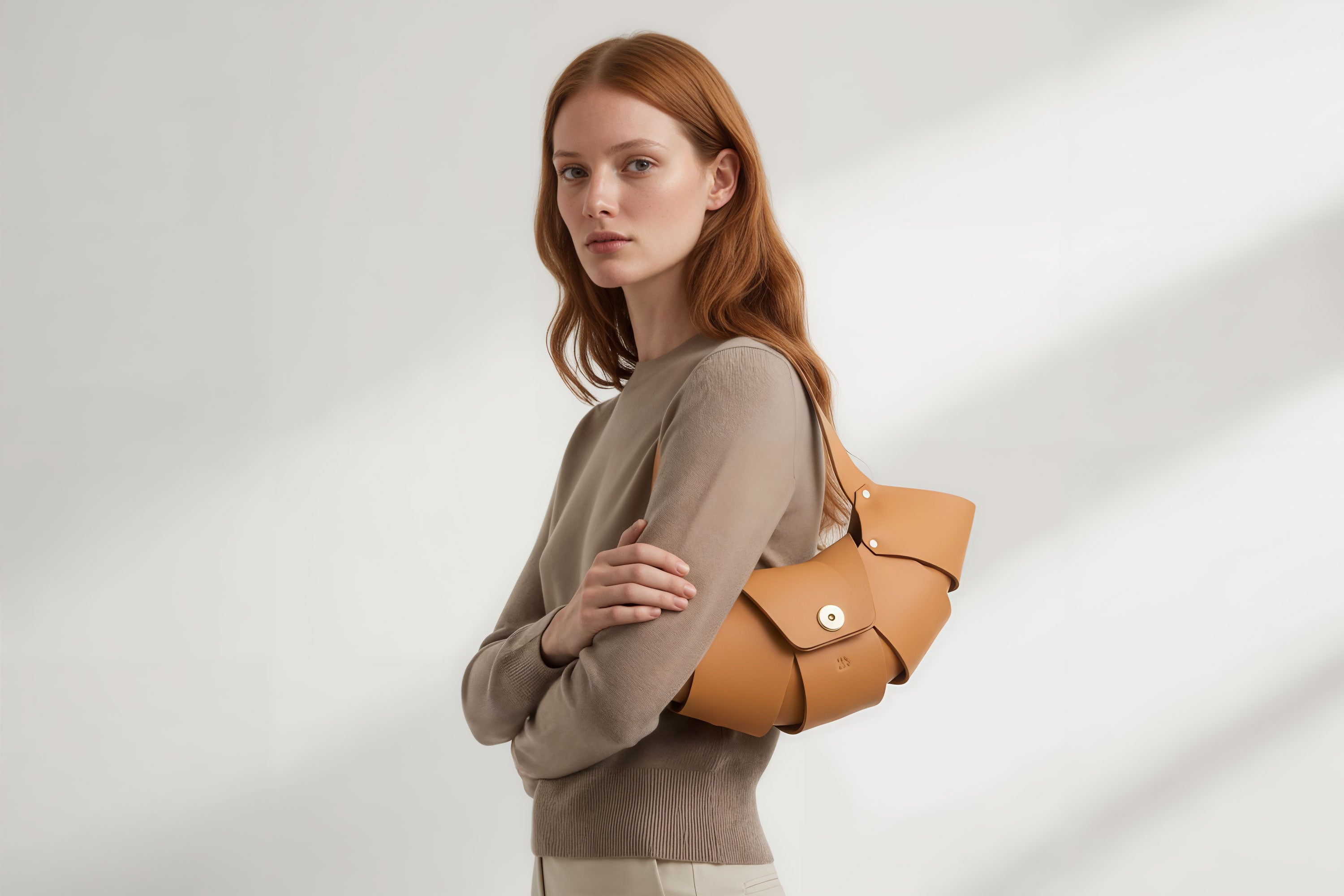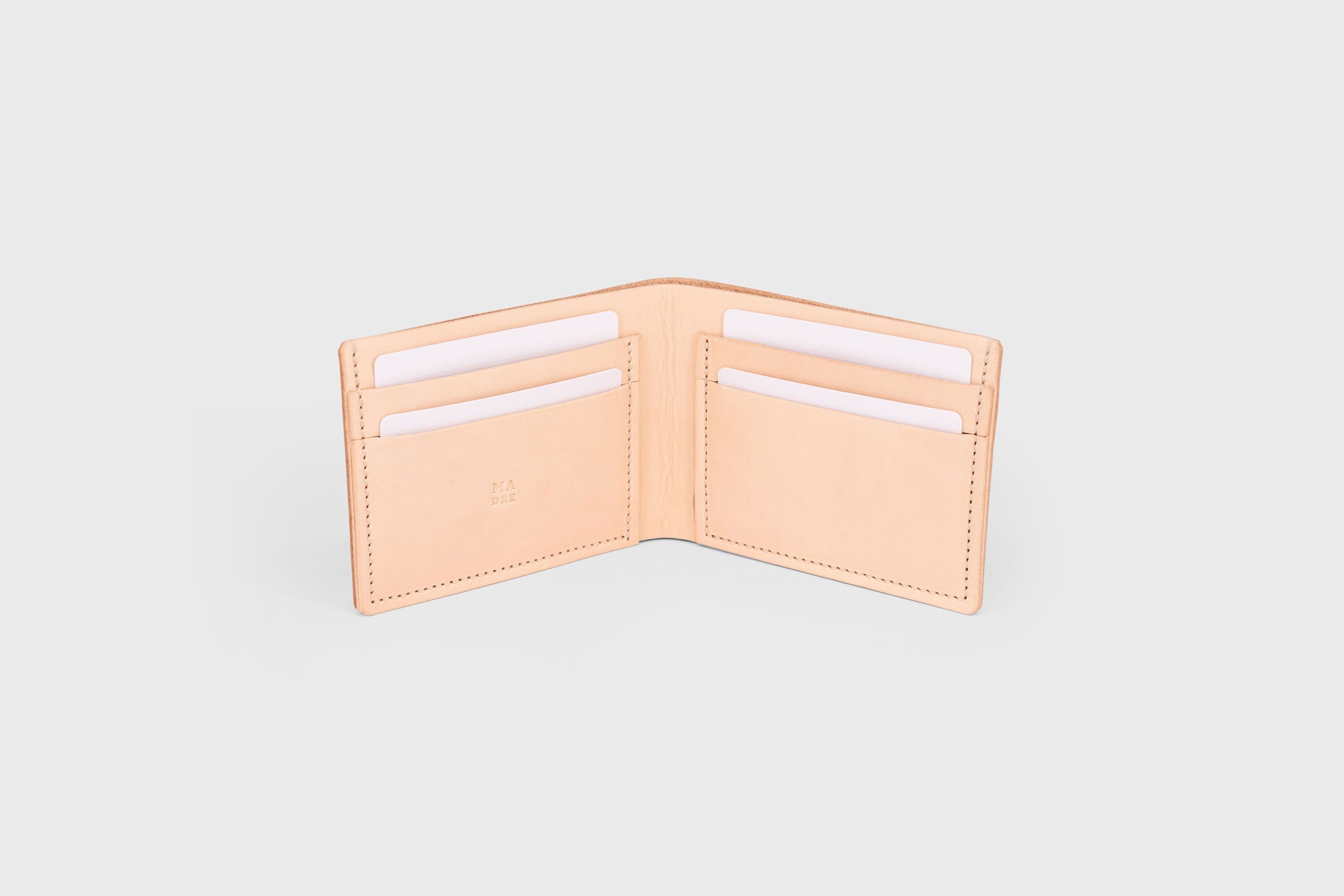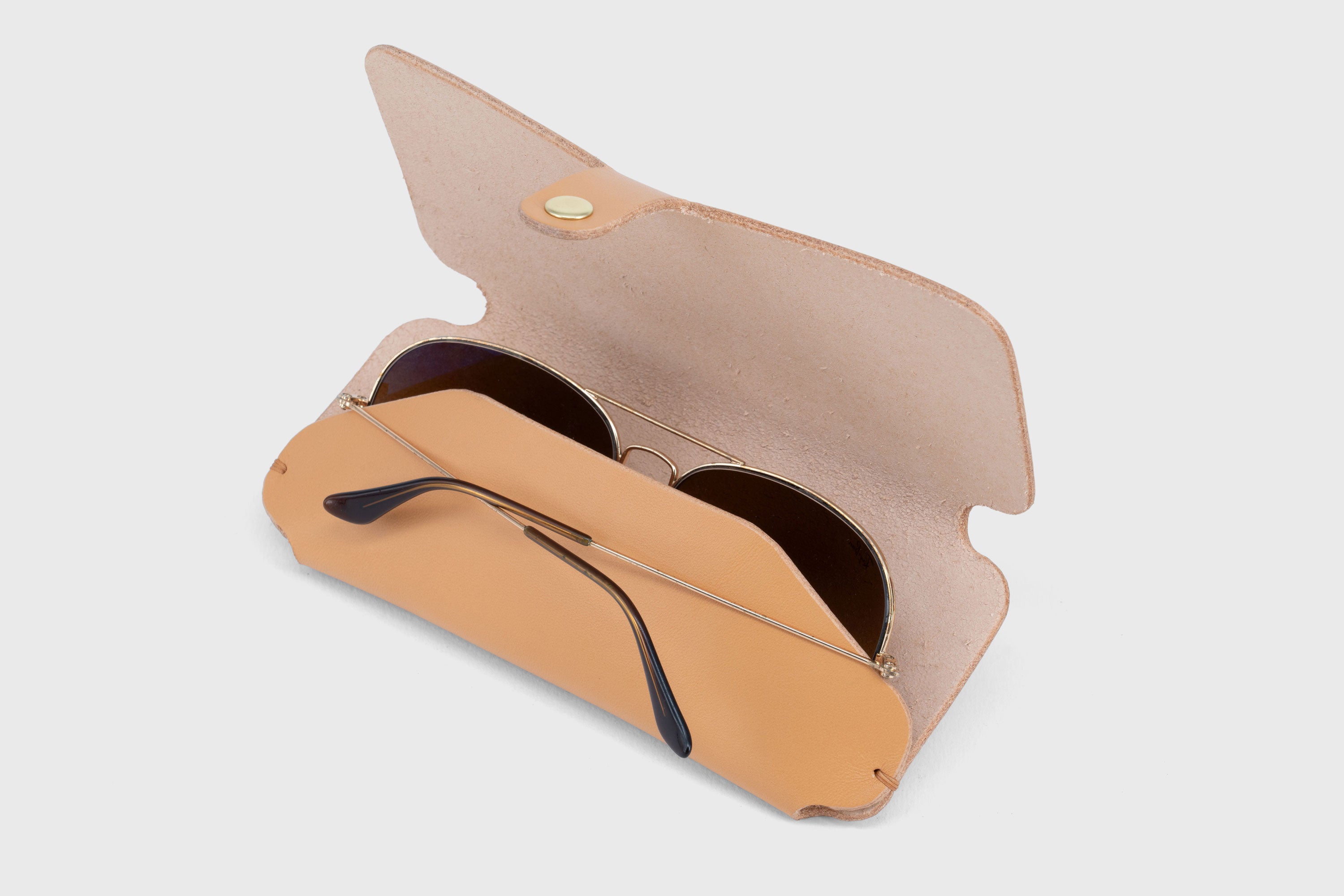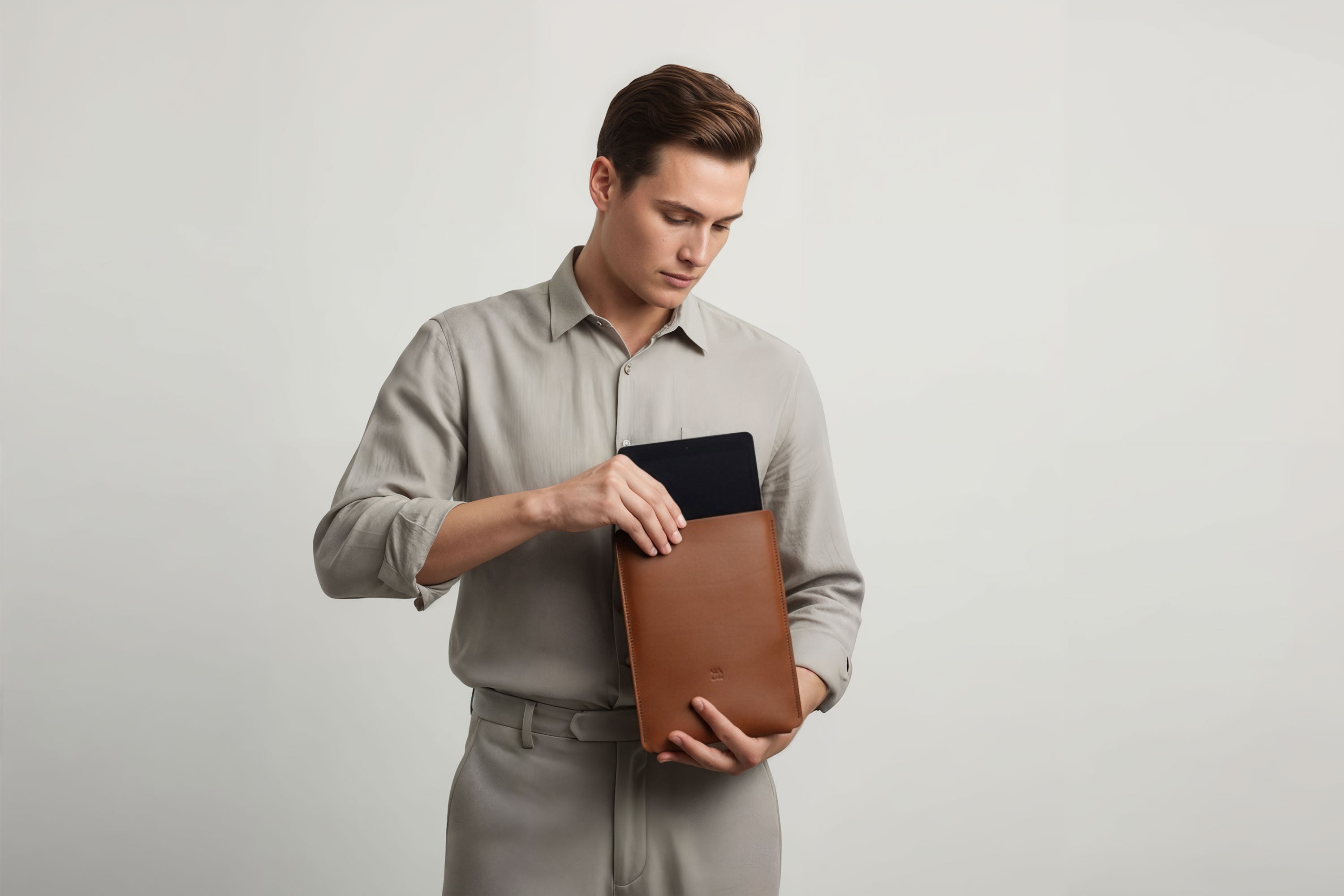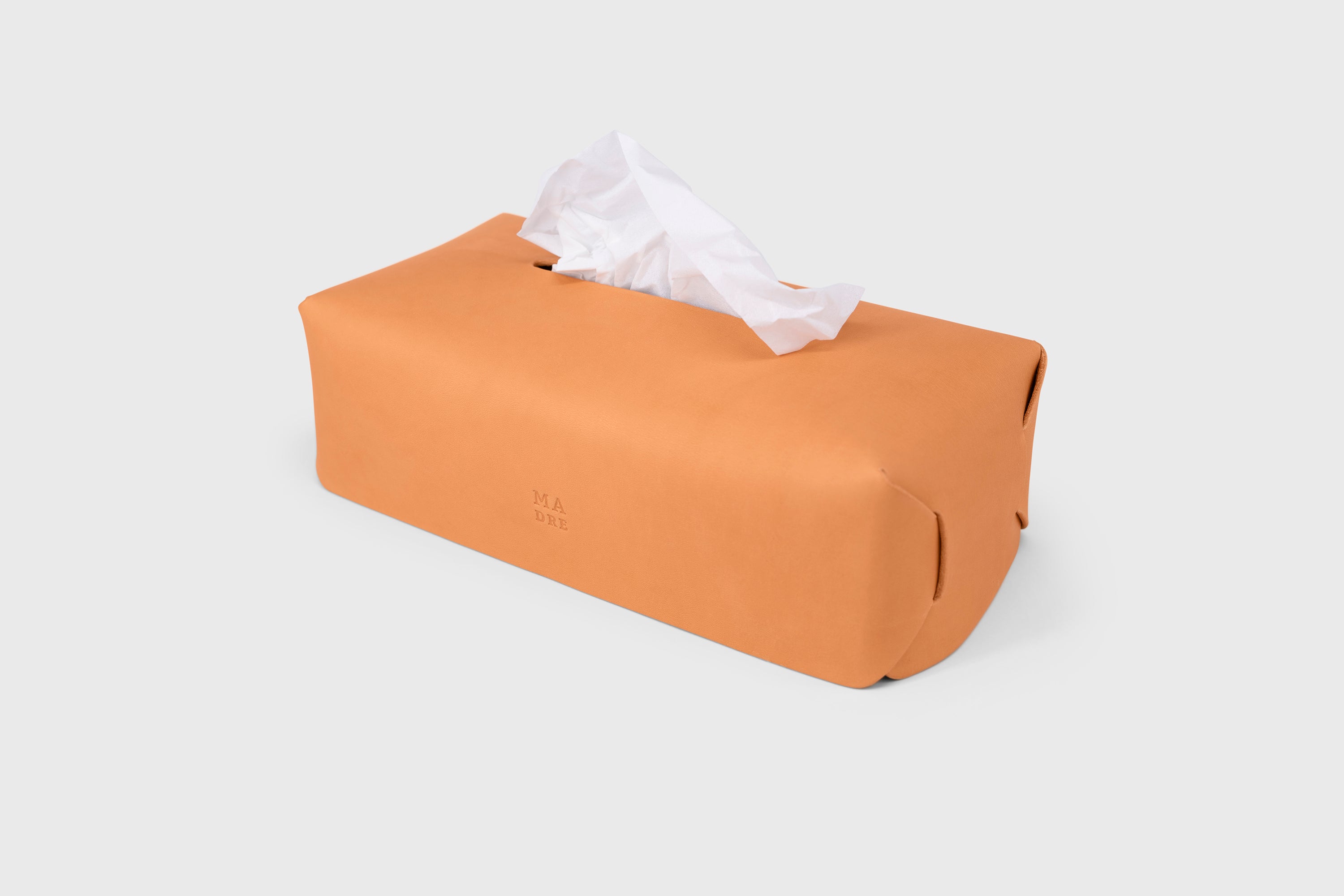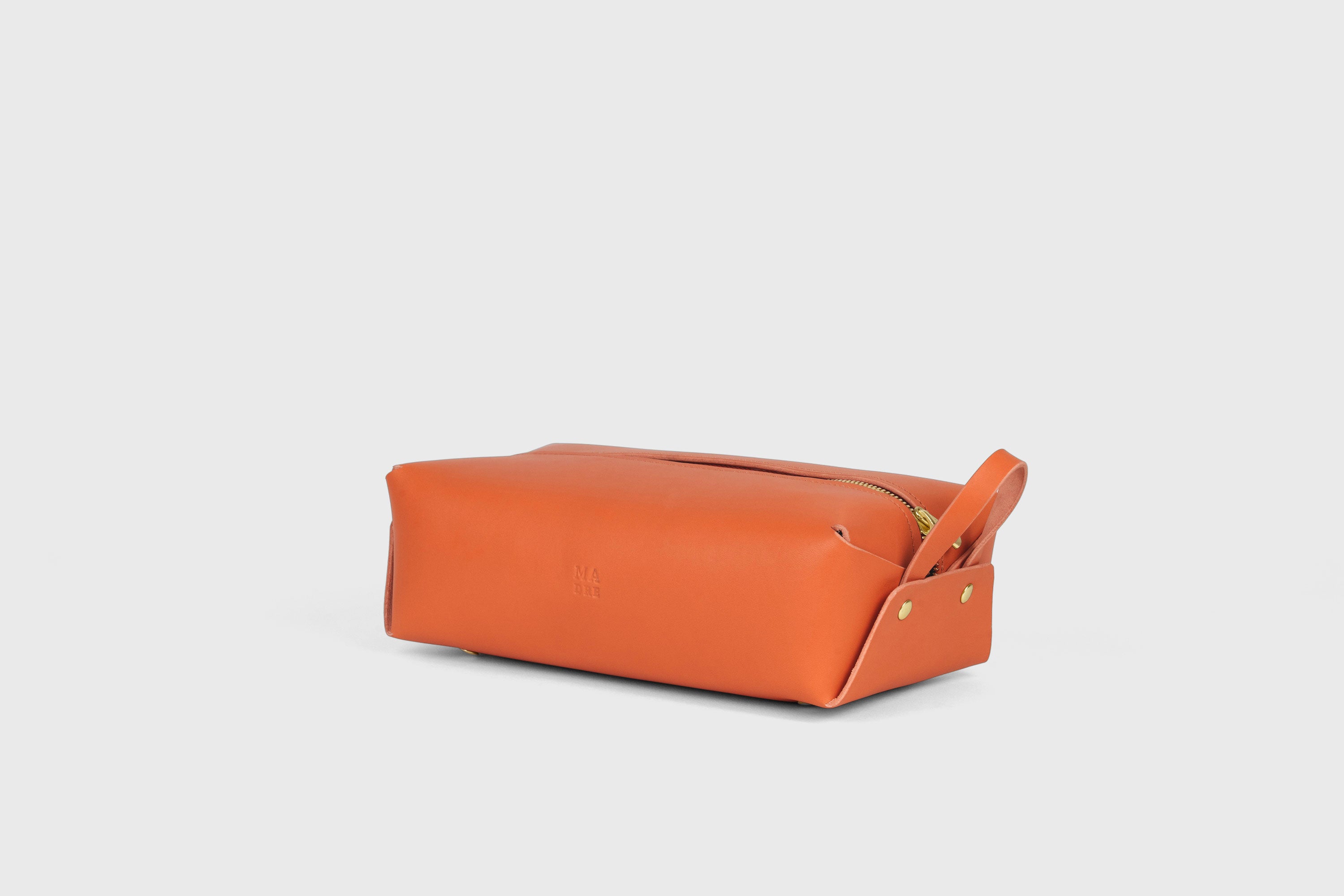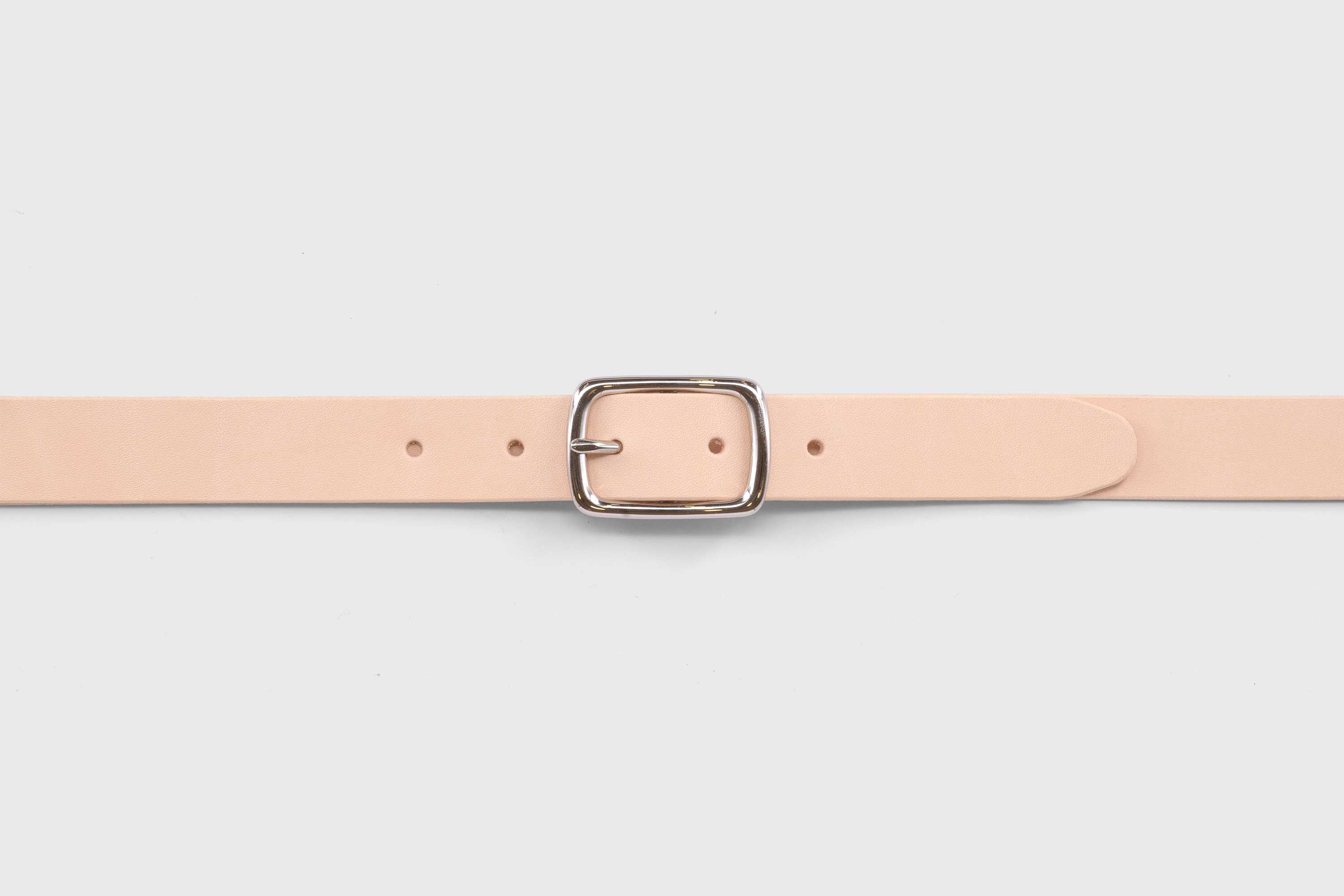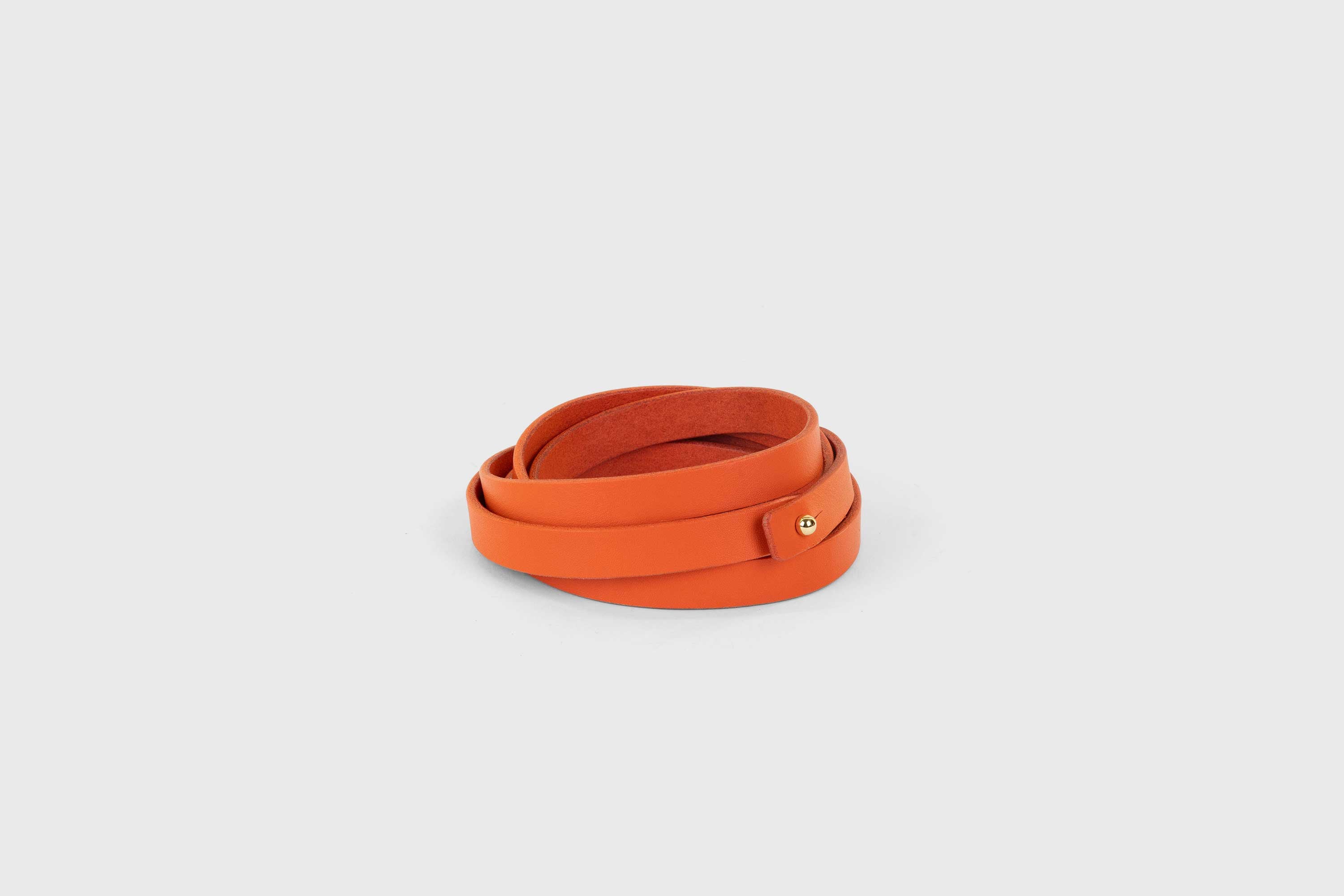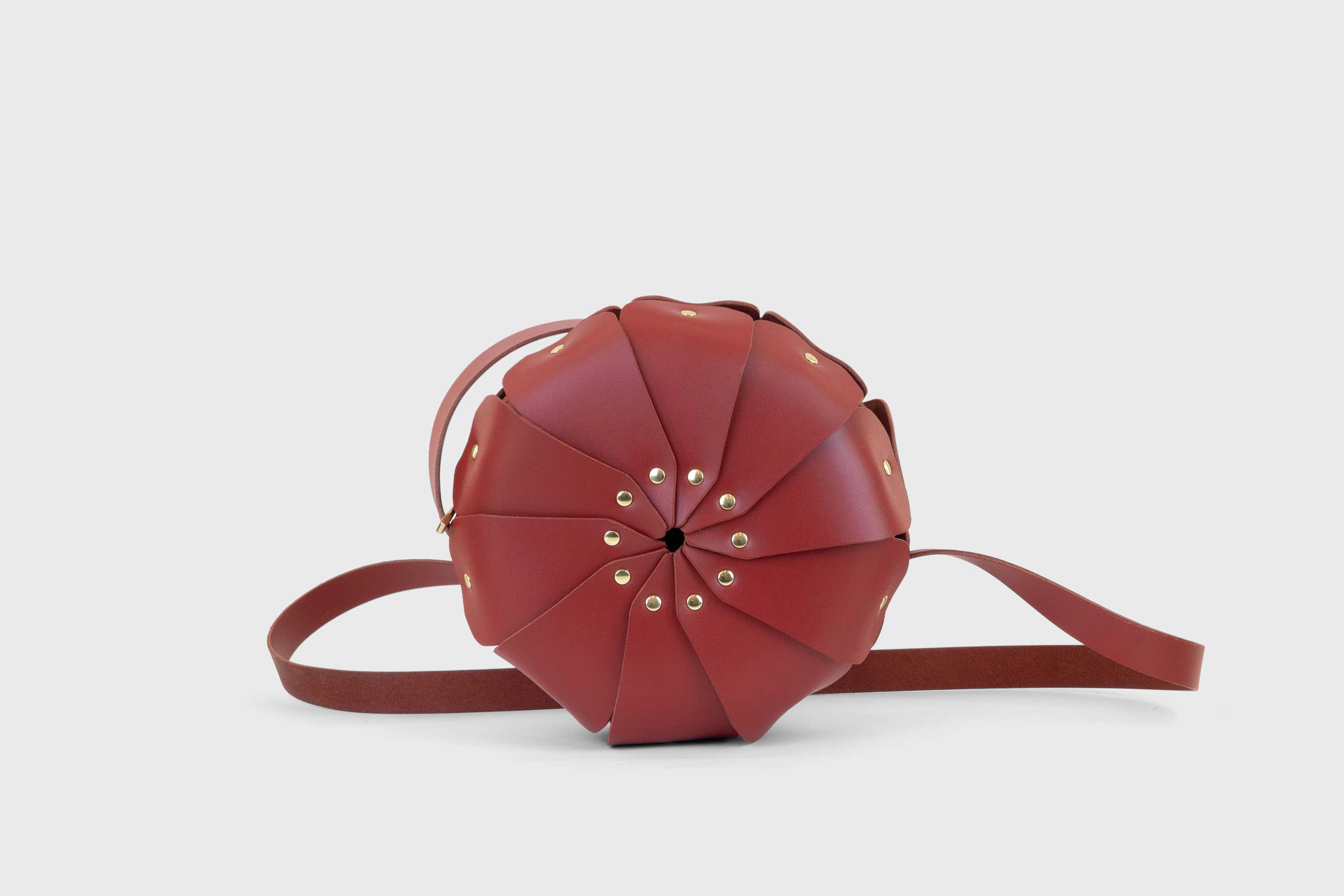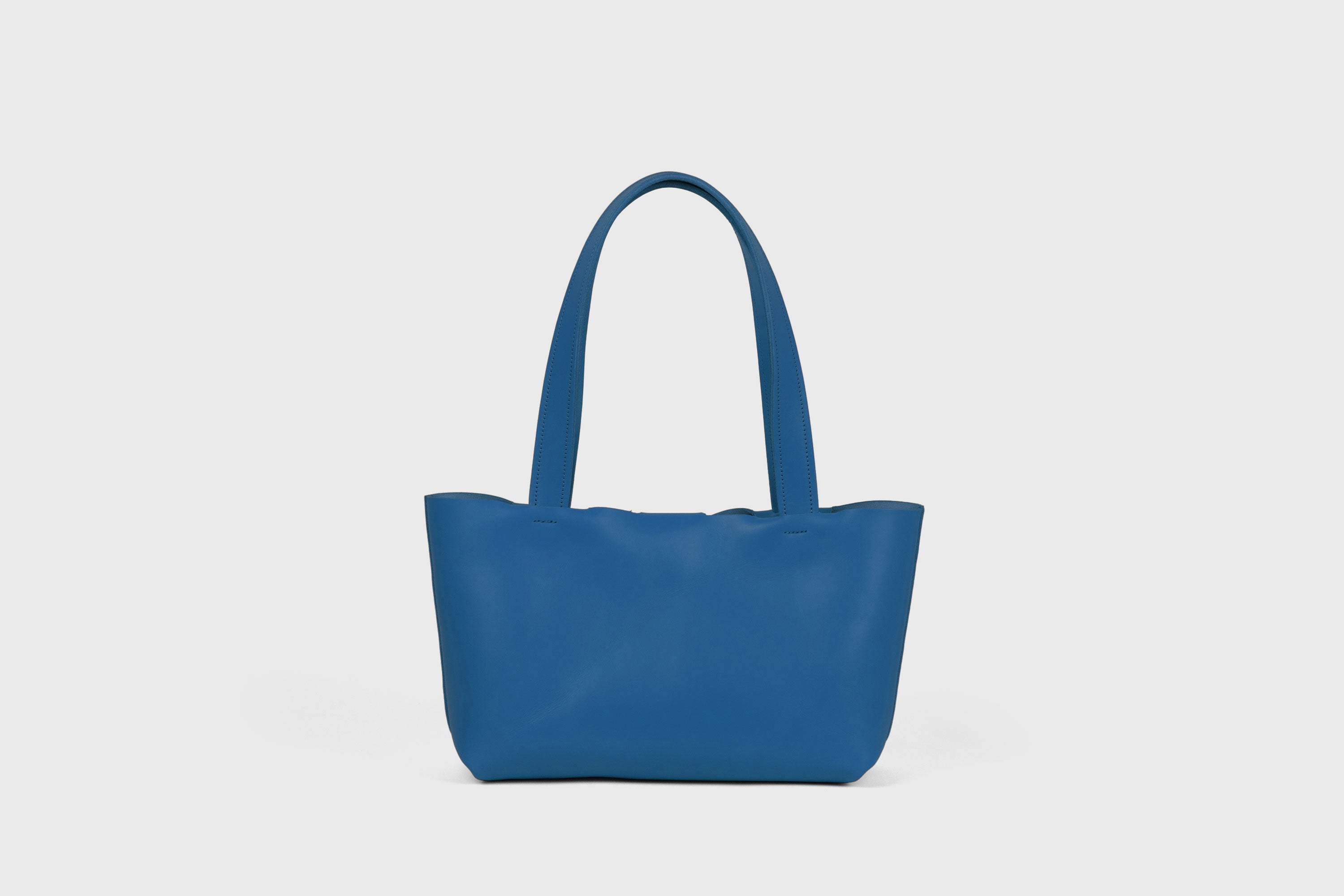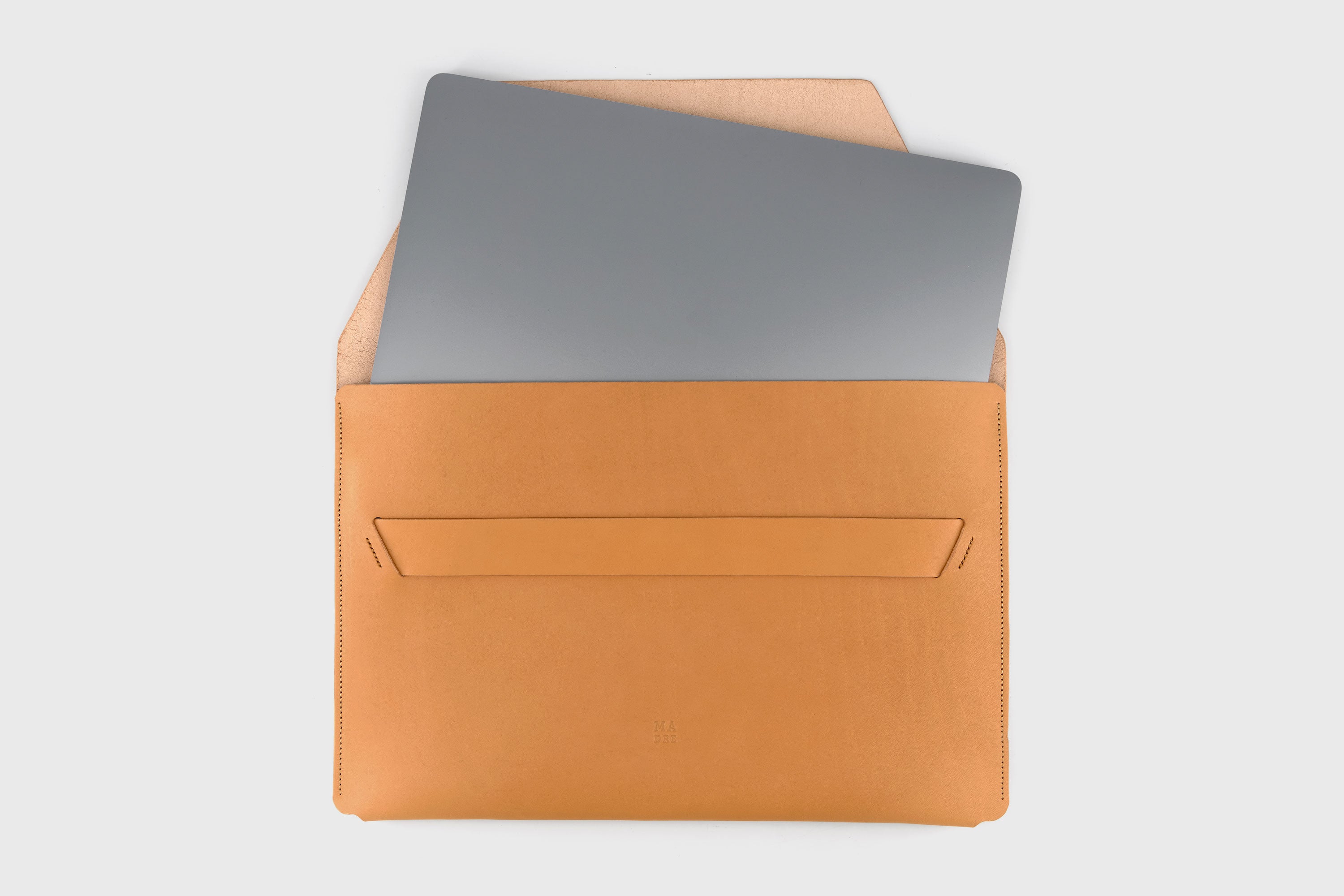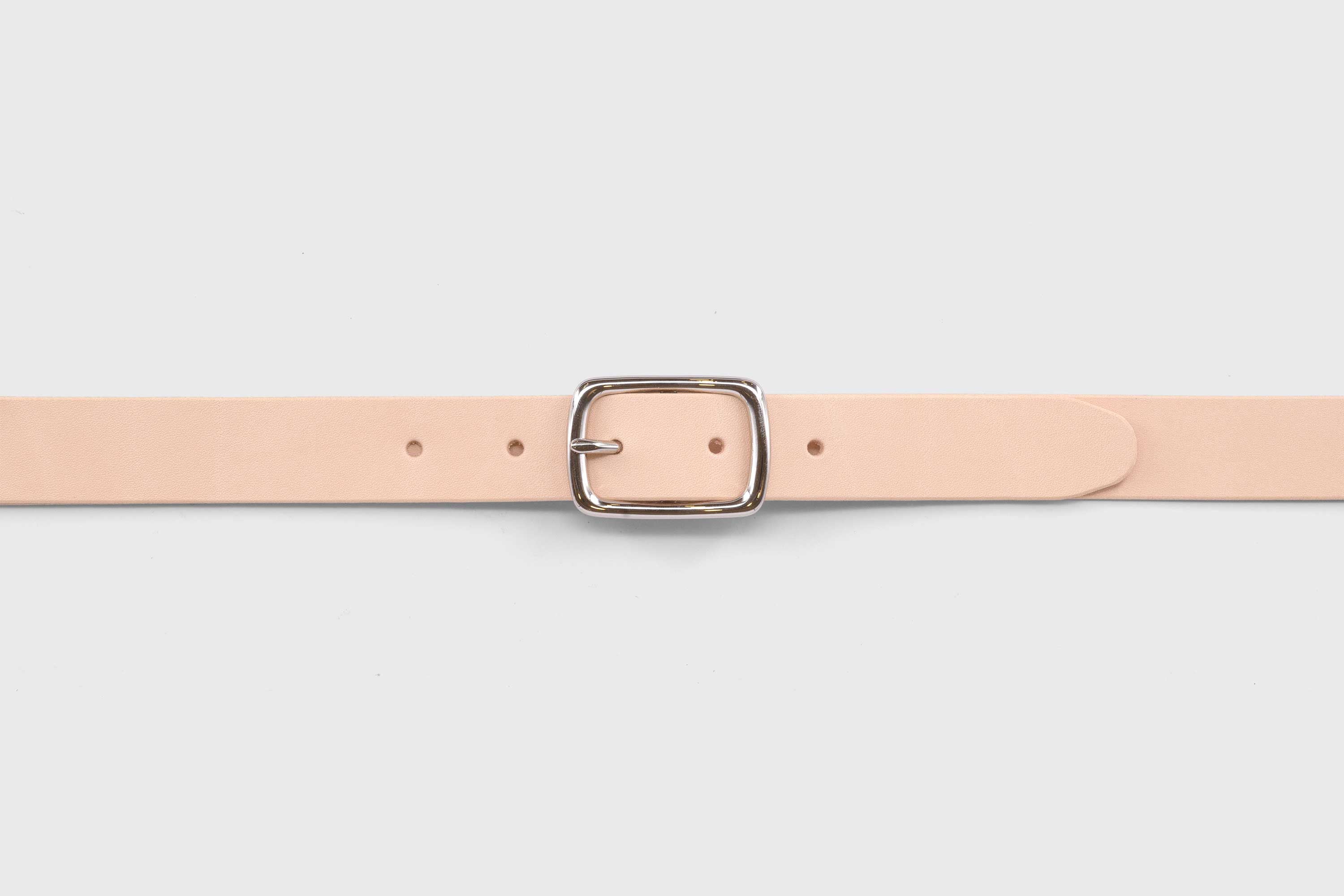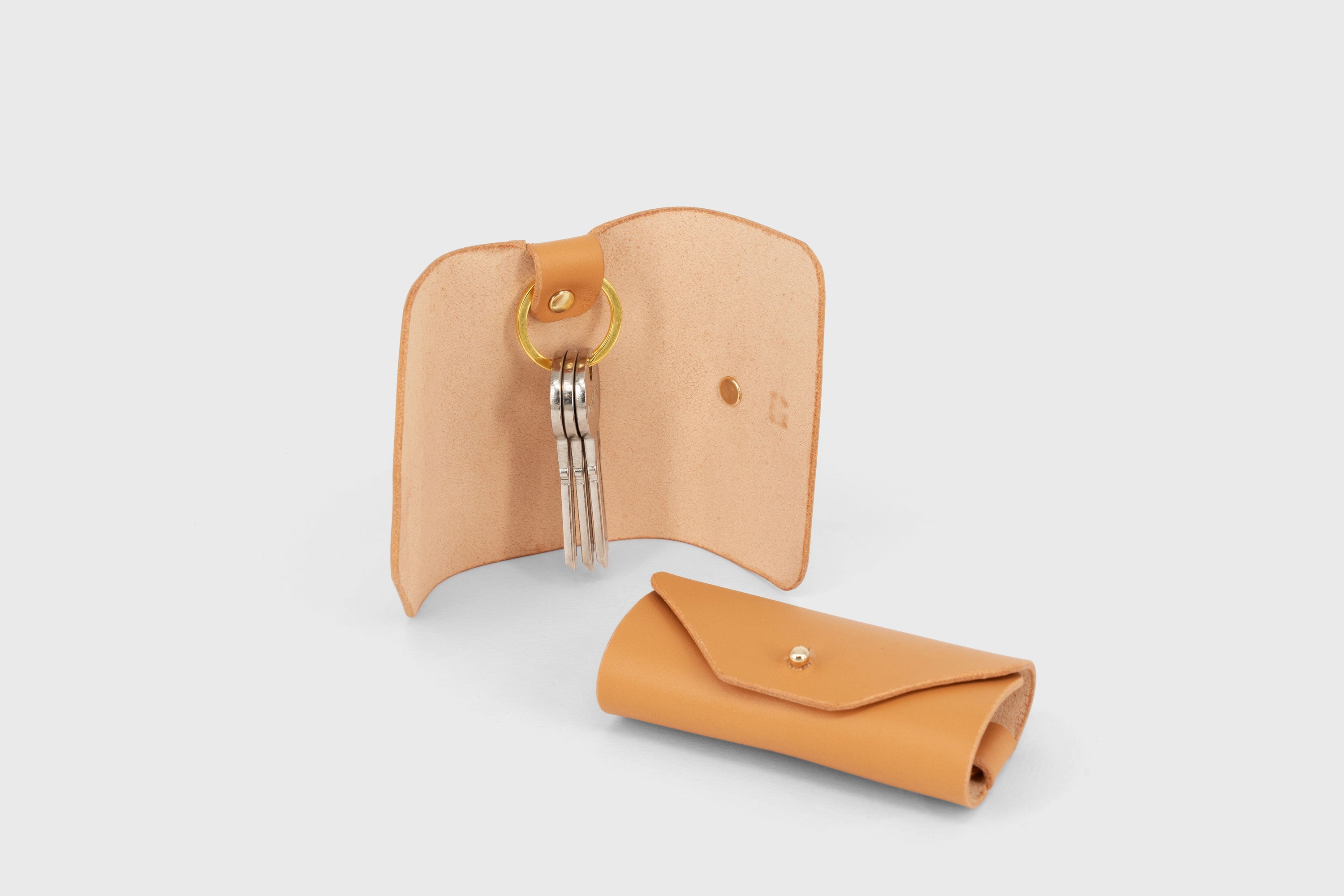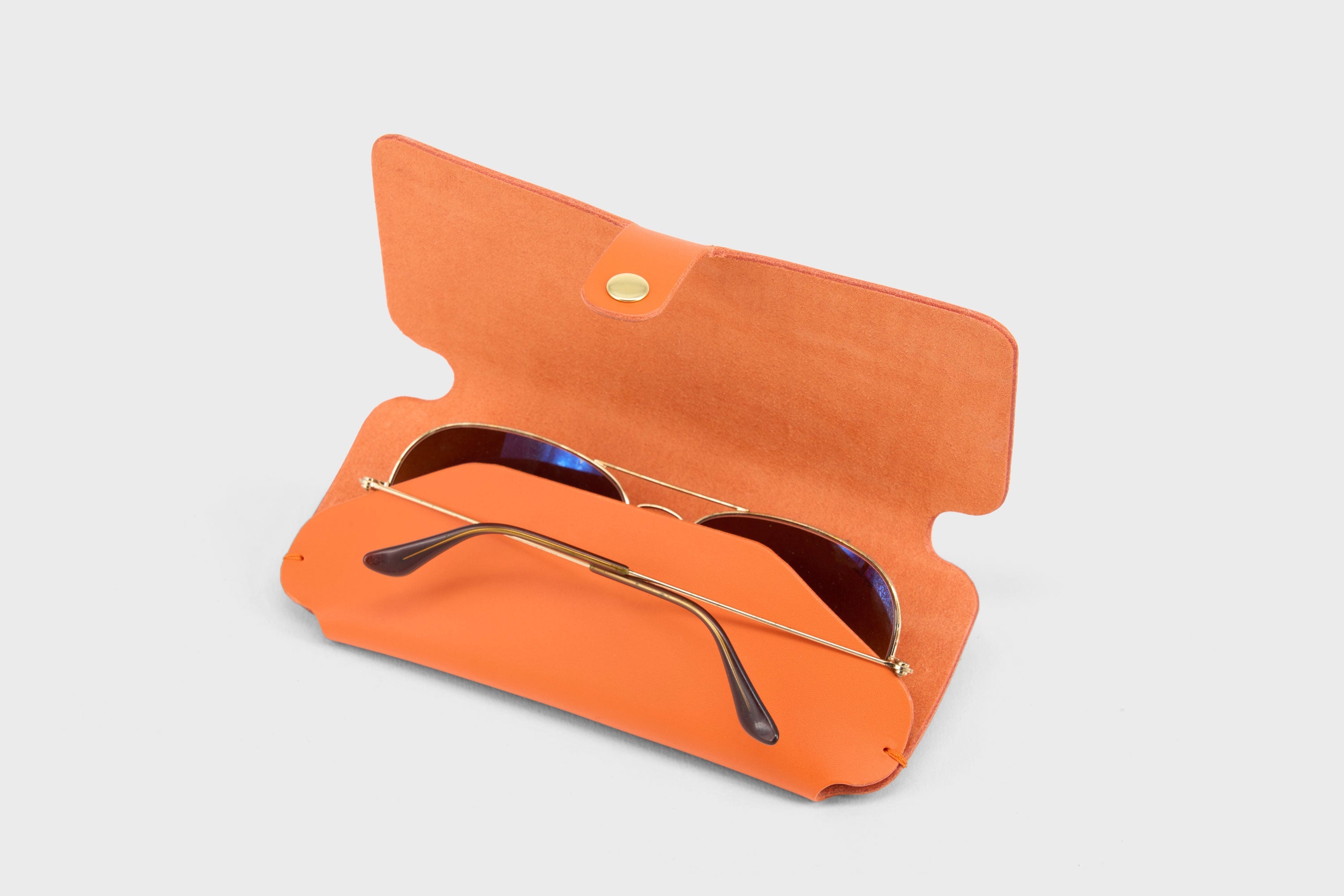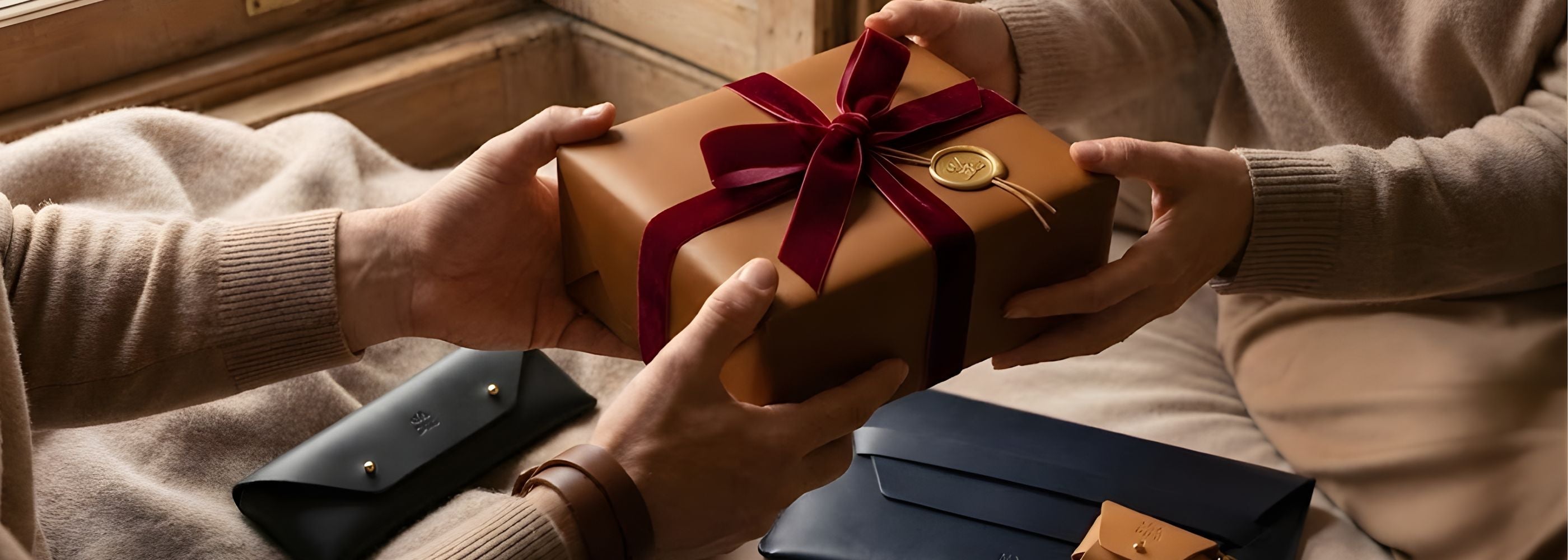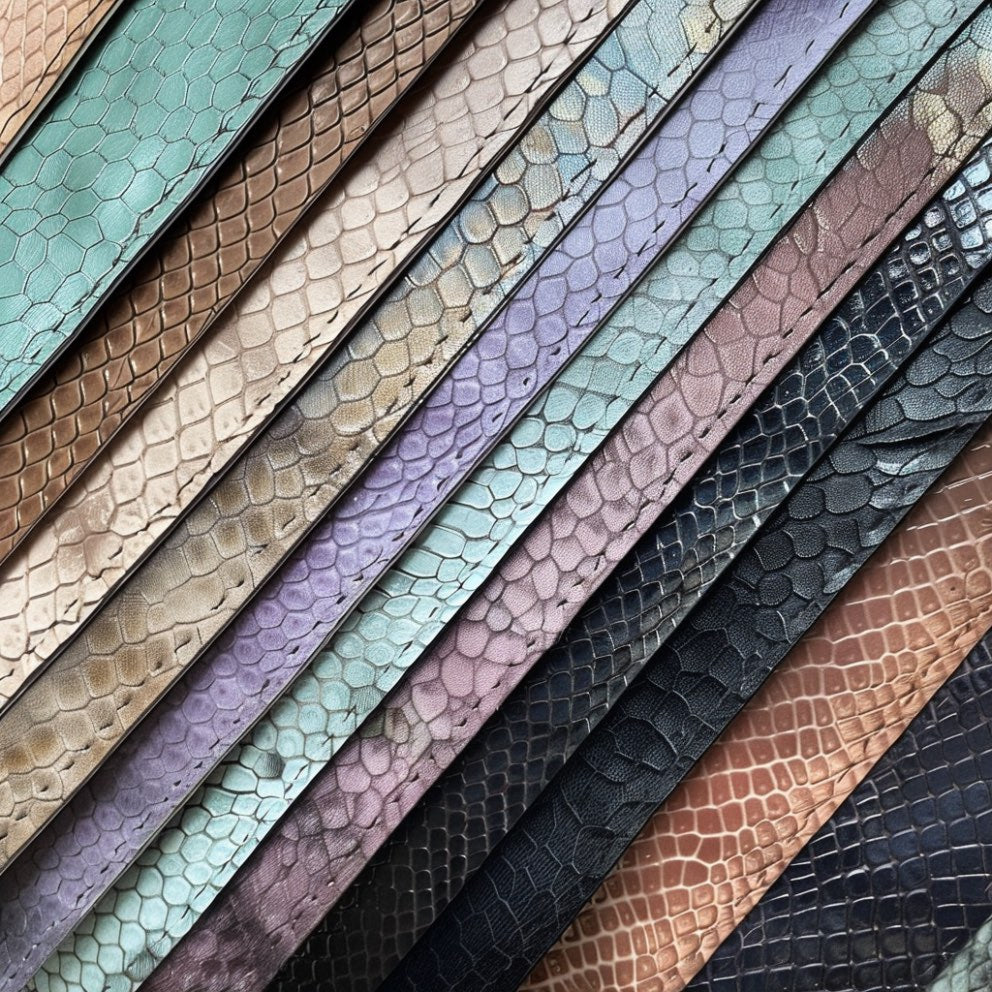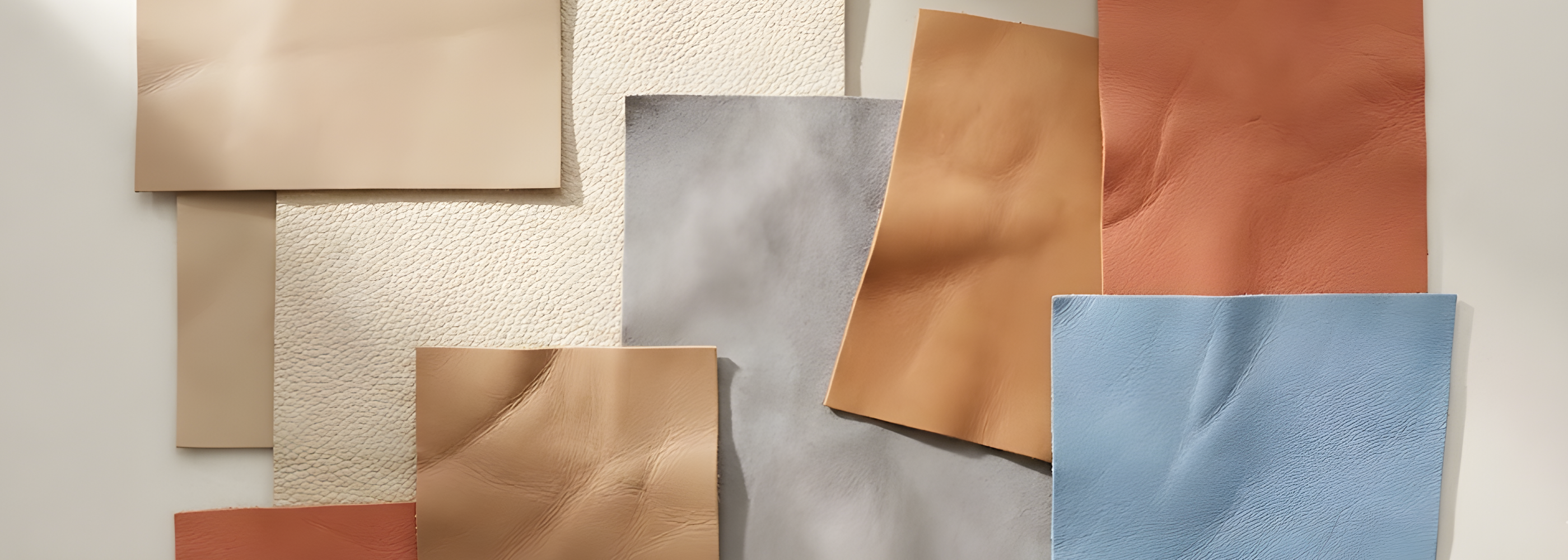
Spanish Leather - Everything about Leather in the Spanish World
Welcome to our journey through the world of Spanish leather, a symbol of quality, tradition, and fine craftsmanship. For centuries, Spain has been recognized for producing some of the best leather goods, combining a rich history with skilled artistry in every piece. In this guide, we'll explore the beginnings, the process, and the unique qualities of Spanish leather, revealing why it holds such a special place in the hearts of many around the globe.
The Origins of Spanish Leather
Historical significance
The journey of Spanish leather craftsmanship is a storied one, connected with the nation's rich history and culture. The beginning of it can be traced back to the Moors, who, during their reign on the Iberian Peninsula, introduced sophisticated leatherworking skills they had honed over centuries. These artisans, renowned for their profound knowledge and intricate techniques, laid the foundation for an industry that would flourish for generations to come.
As the Moors settled across various regions of Spain, they brought with them the secrets of tanning, dyeing, and decorating leather, skills that were quickly adopted and adapted by the local population. This fusion of cultures enriched the Spanish leather craft, allowing it to evolve with a unique identity characterized by its quality, durability, and artistic appeal.
Regions known for leather in Spain
As the craft of leather working matured in Spain, distinct regions began to emerge as centers of excellence, each known for a particular specialty in the broader world of leather production.
- Andalusia: The heart of traditional Spanish leatherwork, Andalusia's legacy in leather craftsmanship can be traced back to the Moorish period. The city of Córdoba, in particular, is famed for its 'cuero repujado,' an intricate embossing technique that involves stamping or carving designs onto leather. This art form, once used to decorate palaces and homes of the elite, continues to thrive, producing everything from wall hangings to book covers, showcasing the rich, ornamental patterns characteristic of Islamic art. Andalusian leather is not just about the aesthetics; it’s about preserving a centuries-old tradition that embodies the region's historical and cultural journey.
- Catalonia: Known for its vibrant fashion scene, Catalonia integrates traditional leatherworking techniques with contemporary design, making it a hub for innovation in Spanish leather fashion. Barcelona, Catalonia’s cosmopolitan capital, is home to numerous designers and artisans who experiment with leather in modern ways, from laser cutting to digital printing. This fusion of old and new has positioned Catalonia as a leader in avant-garde leather goods, appealing to a global market that values both craftsmanship and contemporary style. The region's contribution to Spanish leather extends beyond fashion, influencing interior design, and other creative industries.
- Valencia: Valencia shines in the realm of footwear and fine leather accessories. The region's expertise in producing high-quality shoes, bags, and belts is well-acknowledged both in Spain and internationally. Valencian artisans are known for their meticulous attention to detail, from the selection of hides to the finishing touches that define the elegance and durability of the final product. This commitment to quality has made Valencia a key player in the export of Spanish leather goods, reinforcing the country's reputation for excellence in leather craftsmanship.
Now let's talk about three more places in Spain that are really good at making leather: Ubrique, Igualada, and Córdoba.
Ubrique: A Town Famous for Leather Goods
In the mountains of Andalusia, there's a small town called Ubrique. It's well-known for making high-quality leather items like bags, wallets, belts, and accessories. The people in Ubrique are experts at using old methods to make leather, but they also like to try new things. This mix of the old and the new makes their leather goods very special. Big fashion brands from all over the world love to have their leather items made in Ubrique because the quality is so good.
The secret to Ubrique's success lies in its blending of time-honored techniques with modern innovation. Artisans here still employ traditional methods of cutting, stitching, and finishing leather by hand, ensuring each piece is unique and of the highest quality. Moreover, Ubrique's leather goods are highly sought after by luxury fashion brands around the world, with many choosing to have their products manufactured in this small Spanish town due to its unmatched craftsmanship.
Igualada: Known for Tanning Leather
Igualada, located in the Catalonia region, is another pivotal player in Spain's leather industry, particularly known for its tanning expertise. The town's history with leather tanning dates back to the Middle Ages, making it one of the oldest centers for leather production in Spain. Igualada's tanneries are celebrated for their skilled use of both traditional and modern tanning methods, producing leather that is not only durable but also soft and rich in color.
The leather from Igualada is widely used in fashion, furniture, and even in automotive interiors, showcasing its versatility and quality. The annual Igualada Leather Fair, a testament to the town's leather heritage, attracts buyers and enthusiasts from across the globe, further cementing its place in the international leather market.
Córdoba: Beautiful Decorative Leatherwork
Córdoba, with its storied past and Moorish influences, is synonymous with decorative leatherwork, particularly known for its 'cordovan' leather. This high-grade leather, known for its smooth finish and durability, is sought after for premium footwear and luxury leather goods. Córdoba's artisans have mastered the art of producing cordovan leather, a process that involves a meticulous tanning and polishing process to achieve its signature shine.
The city's leather is not only used in fashion but also in the creation of decorative items and in bookbinding, highlighting its versatility and the high esteem in which it is held. Córdoba’s contribution to the Spanish leather industry underlines the diversity and richness of Spain's leather craftsmanship.
Leather from Ubrique, Igualada, and Córdoba is very popular, not just in Spain but around the world. People love Spanish leather because it's well-made, lasts a long time, and looks great. Brands from all over use Spanish leather to make everything from fancy fashion items to everyday things. This demand from other countries helps the towns that make the leather do well and keeps Spain at the top of the leather-making game.
Spanish leather is used for lots of different things because it's so good. This shows how skilled Spanish leather makers are and why their work is loved by people everywhere. These places in Spain keep their leather-making traditions alive while also finding new ways to make their leather even better.

The Making of Spanish Leather
In Spain, the craft of turning raw hides into luxurious leather is an art form that blends tradition with innovation. Here's a closer look at how this process unfolds, from the age-old methods to the cutting-edge techniques that set Spanish leather apart.
Traditional Methods
The process of creating Spanish leather is deeply rooted in practices that have been refined over centuries. These methods are cherished not just for the remarkable quality of leather they produce but also for their cultural significance, preserving a heritage of craftsmanship.
Tanning Processes
Tanning is the critical first step that transforms raw hides into durable, flexible leather. Spanish tanneries often utilize vegetable tanning, a method cherished for its natural approach. This process involves using tannins extracted from tree bark, leaves, and fruits, a technique that dates back to ancient times. Vegetable tanning is slow, often taking several weeks to months, but the result is a leather that ages gracefully, developing a rich patina that is highly prized among leather connoisseurs. This type of leather is not only beautiful but also environmentally friendly, as it avoids the harsh chemicals used in some other tanning methods.
Dyeing Techniques
Once tanned, the leather is ready to be dyed. Traditional Spanish dyeing techniques favor natural dyes derived from plants, berries, and minerals. These substances offer a spectrum of earthy and vibrant colors that synthetic dyes can't quite replicate. Artisans skillfully apply these dyes to the leather, sometimes using hand-brushing techniques that ensure each piece has its own unique character. The natural dyes penetrate deeply into the leather, ensuring the color remains rich and vibrant throughout the leather's life. This method not only celebrates the beauty of nature's palette but also emphasizes the individuality of each leather piece.
Modern Innovations
While Spain's leather industry is steeped in tradition, it is also at the forefront of innovation, embracing new technologies and materials to meet the demands of the modern world.
Tanneries are increasingly focusing on sustainability, implementing processes that reduce water consumption and chemical use. This includes recycling water used in tanning and dyeing, and exploring biodegradable chemicals that lessen the environmental impact. Additionally, advancements in machinery and techniques have streamlined the production process, making it more efficient without compromising the leather's quality.
Moreover, Spanish artisans are experimenting with new types of leather, including those treated to be water-resistant or more durable for specific uses like outdoor gear or luxury car interiors. These innovations expand the possibilities of how leather can be used, catering to new markets and applications while still maintaining the high standards of quality and craftsmanship that Spanish leather is known for.
The blend of time-friendly methods with forward-looking innovations ensures that Spanish leather remains a symbol of quality and sustainability. It reflects a commitment to the craft that honors the past while boldly stepping into the future, making Spanish leather a choice that appeals to those who value tradition, quality, and environmental responsibility.
Types of Spanish Leather
Spain's leather industry is celebrated for its diversity and quality, producing a variety of leathers that cater to different uses and preferences. From the sturdy and versatile cowhide to the soft and luxurious exotic leathers, each type has its unique characteristics and applications.
Cowhide
Cowhide is the most common type of leather used in Spain and around the world, prized for its durability and versatility. This type of leather is made from the hides of cows and is used in a wide range of products, including furniture, shoes, bags, and jackets. Spanish cowhide is particularly noted for its strength, making it ideal for items that require a high level of durability. The tanning and finishing processes used in Spain enhance the natural beauty of cowhide, bringing out its rich textures and colors. Cowhide can be treated in various ways to create different finishes, such as soft suede or smooth, polished leather, offering a wide range of options for designers and consumers.
Goatskin
Goatskin leather, known for its softness and flexibility, is another popular choice in Spanish leathercraft. It is lighter and more pliable than cowhide, making it suitable for high-end fashion items like gloves, luxury bags, and delicate footwear. Goatskin has a distinctive grain pattern that is both beautiful and resilient, resisting scratches and wear over time. The natural lanolin in goatskin keeps the leather soft and supple, contributing to its luxurious feel. Spanish artisans often use goatskin for its excellent dyeing properties, which allow for vibrant colors and intricate designs, making each goatskin product unique and sought after.
Sheepskin
Sheepskin leather, made from the hides of sheep, is renowned for its exceptional softness and warmth. It is often used in Spain for clothing and accessories, especially in items that benefit from its natural insulating properties, such as jackets, gloves, and boots. Sheepskin is also used in the interiors of luxury cars and high-end furniture for its comfort and elegance. The texture of sheepskin can vary from smooth and soft to plush and woolly, depending on how it is processed. Spanish sheepskin products are often left with a natural finish to showcase the leather's innate beauty and softness, making them highly prized in the fashion and luxury goods markets.
Exotic Leathers
Exotic leathers refer to leathers made from non-traditional animals, such as snakes, lizards, ostriches, and crocodiles. These leathers are valued for their unique textures, patterns, and rarity. In Spain, exotic leathers are used in the creation of high-end fashion accessories, like shoes, belts, and handbags. The distinctive patterns of exotic leathers, such as the scales of a snake or the bumps of an ostrich skin, make each piece one of a kind. Spanish craftsmen are skilled in working with these challenging materials, carefully preserving their natural beauty while ensuring the leather is durable and flexible. Exotic leathers are often more expensive than traditional leathers, reflecting their rarity and the complexity of their production process.
Each type of Spanish leather offers its own set of characteristics and advantages, catering to different tastes, needs, and applications. From the robust and versatile cowhide to the luxurious and distinctive exotic leathers, the Spanish leather industry showcases a rich diversity of materials. This variety, combined with the country's expertise in leather craftsmanship, ensures that Spanish leather products are highly valued and sought after around the world. Whether for fashion, furniture, or other luxury goods, Spanish leather continues to be a symbol of quality, tradition, and innovation.

The Unique Characteristics of Spanish Leather
Spanish leather is known for a few key things that make it special: it lasts a long time, it's made really well, and it looks and feels nice. Let's talk about what makes it stand out.
Durability and Quality
One of the best things about Spanish leather is how long it lasts and how well it's made. Here's why:
- Choosing the Best Hides: It all starts with picking the best animal skins. The people who make Spanish leather look for the best quality skins that have the fewest marks or scratches. This careful picking makes sure the leather is strong and looks good.
- How It's Tanned: Spanish leather is often made using a method that uses natural stuff from plants to turn the skin into leather. This method is good for the environment and makes the leather strong so that it can look good as it gets older.
- Expert Making: The people who make Spanish leather are really good at what they do. They pay attention to every little detail, like how they stitch it together and finish the edges. This means the leather goods they make can be used a lot without getting worn out.
Texture and Color
The texture and color of Spanish leather are distinctive, contributing to its unique appeal. The natural tanning and dyeing processes not only preserve the inherent beauty of the leather but also enhance its tactile and visual characteristics.
- Natural Beauty: The use of vegetable tanning and natural dyes allows the innate texture of the leather to shine through. This process highlights the leather's natural grain, ensuring that each piece has a unique texture that can't be replicated. Whether it's the smoothness of calfskin, the softness of sheepskin, or the distinctive patterns of exotic leathers, Spanish leather offers a variety of textures to suit every taste.
- Rich Palette: Spanish leather is celebrated for its rich and vibrant colors, achieved through the use of natural dyes. These colors range from deep, earthy tones to bright, vivid hues, offering a broad palette for designers to work with. The depth and saturation of color in Spanish leather are beautiful and difficult to replicate. The dye penetrates deeply into the material, ensuring that the color remains vibrant even with age and wear.
- Aging Process: One of the most cherished aspects of Spanish leather is its ability to age beautifully. Unlike other materials that may deteriorate or lose their appeal over time, Spanish leather develops a patina that adds character and beauty. This aging process enhances both the texture and color of the leather, making it more desirable as it grows older.
Spanish Leather in Fashion
Spanish leather holds a revered place in the world of fashion, with its journey stretching from historical significance to contemporary style statements. Let's explore the evolution of Spanish leather in fashion, highlighting its past uses and its impact on today's fashion scene.
Historical Uses
Historically, Spanish leather wasn't just a material; it was a testament to craftsmanship and a marker of status. In the past, leather served practical purposes such as protection in the form of armor and shields, owing to its durability and resilience. Beyond its utilitarian use, leather found its way into fashion through footwear and accessories like shoes and belts, which were indicators of wealth and style. These items were crafted with care, showcasing the wearer's social standing and fashion sensibility. Luxury items, including beautifully bound books, ornate saddles, and decorative home pieces, were also fashioned from Spanish leather, emphasizing its role in the luxury goods market. The attention to detail and the quality of craftsmanship made these leather goods highly coveted.
Contemporary Fashion
In the modern era, Spanish leather continues to be a staple in the fashion industry but is utilized in broader, more diverse ways. Designer brands across the globe turn to Spanish leather for its unmatched quality and aesthetic appeal, incorporating it into high-end handbags, sleek jackets, stylish footwear, and more. The leather's reputation for quality makes it a perfect match for the luxury fashion market.
The shift towards sustainable fashion has also seen Spanish leather taking center stage. Artisans and tanneries are adopting sustainable practices in leather production, responding to the growing demand for environmentally conscious fashion. This commitment to sustainability has only increased Spanish leather's popularity among consumers who value both style and environmental responsibility.
Spanish leather's versatility is one of its strongest suits in contemporary fashion. It adapts to a wide range of styles, from timeless classics to the latest trends, thanks to its ability to be dyed in various colors and finished in multiple textures. This versatility is further enhanced by innovations in technology and creative design, allowing for an array of textures and finishes. These innovations enable designers to experiment with different looks and feels, creating fashion items that are not only unique but also captivating.
From its historical roots as armor and a symbol of luxury to its present-day prominence in designer fashion and sustainable practices, Spanish leather's enduring appeal is evident. Its rich history enhances contemporary fashion, providing a material that is synonymous with quality, beauty, and sustainability. Whether featured in a timeless leather jacket, an elegant handbag, or eco-friendly shoes, Spanish leather continues to leave a significant mark on the fashion industry, blending tradition with innovation to meet the tastes and values of modern consumers.
Leather Goods and Craftsmanship
The world of Spanish leather is not just about the material itself but also the exceptional craftsmanship that transforms it into exquisite goods. This craftsmanship, rooted in centuries-old traditions, is evident in the handcrafted goods produced in artisan workshops across Spain, as well as in the popularity of specific leather products that have become synonymous with quality and style.
Handcrafted Goods
In Spain, the art of leather craftsmanship is a story of passion, skill, and dedication. Handcrafted leather goods represent a connection to history, a respect for material, and a commitment to quality that machine production simply cannot replicate. These items are the product of detailed work, where every cut, stitch, and finish is applied with careful consideration and precision.
Artisan Workshops
Artisan workshops are the heart of the Spanish leather industry. These small-scale, often family-run operations are where traditional techniques are preserved and passed down through generations. In these workshops, artisans take pride in their work, combining time-honored methods with their own creative insights to produce leather goods that are both beautiful and durable. The atmosphere in these workshops is one of respect for the craft, where the slow, thoughtful process of making leather goods by hand is valued over mass production. These spaces are not just places of work but repositories of history and skill, where the story of Spanish leather continues to be written with each item produced.
Popular Leather Products
Several leather products have risen to prominence, becoming highly sought after both within Spain and internationally. Among these, leather bags and purses stand out for their beauty and functionality. These items showcase the versatility of Spanish leather, available in a range of styles from classic to contemporary, and embody the craftsmanship that goes into their creation.
Leather shoes and boots are another category where Spanish craftsmanship shines. Renowned for their comfort and durability, these footwear items are a testament to the skill of Spanish artisans, combining aesthetic appeal with practical design.
Leather jackets, too, hold a special place in the world of fashion, offering timeless style and warmth. The craftsmanship involved in creating a leather jacket— from selecting the perfect hide to tailoring it to fit seamlessly— is a complex process that Spanish artisans have mastered, making these jackets coveted items around the globe.
Belts, wallets, and other accessories are also popular leather products, often chosen for the subtle way they enhance an outfit while providing functionality. These smaller items require precision and attention to detail, qualities that Spanish leather craftsmen possess in abundance.
The craftsmanship behind leather goods in Spain is what truly sets them apart. From the artisan workshops where these goods are lovingly made by hand, to the wide array of products that have gained popularity for their quality and style, Spanish leather carries with it a story of tradition, skill, and artistry. Whether it’s a beautifully crafted handbag, a pair of sturdy shoes, or a sleek leather jacket, each piece not only serves a practical purpose but also connects the wearer to the rich heritage of Spanish leather craftsmanship.
The Sustainability of Spanish Leather
In recent years, the conversation around leather and its impact on the environment has grown louder, with consumers increasingly seeking products that are not only beautiful and durable but also responsibly made. Spanish leather stands at the forefront of this shift towards sustainability, reflecting a deep commitment to reducing environmental impact and ensuring ethical sourcing practices.
Environmental Impact
The environmental impact of leather production is a significant concern, with traditional methods often requiring large amounts of water and chemicals. Spanish leather producers have taken significant strides to address these issues, implementing innovative practices that prioritize the planet's health without compromising the quality of their products.
One of the key approaches has been the adoption of vegetable tanning. Unlike the more common chrome tanning, which uses heavy metals that can harm the environment, vegetable tanning relies on natural materials like tree bark. This method is not only more environmentally friendly but also produces leather that is biodegradable at the end of its life.
Water conservation is another area where Spanish leather producers excel. Through the use of modern technologies and recycling processes, these producers have drastically reduced the amount of water needed to produce leather, minimizing their water footprint.
Also, waste management practices in the Spanish leather industry set a standard for sustainability. By repurposing offcuts and scraps into other products and ensuring that any waste materials are disposed of responsibly, Spanish leather producers demonstrate their commitment to a more sustainable production cycle.
Ethical Sourcing
Beyond the environmental considerations, ethical sourcing is a cornerstone of the sustainability efforts in the Spanish leather industry. This involves ensuring that the raw materials used in leather production come from sources that adhere to high standards of animal welfare and environmental stewardship.
Spanish leather producers work closely with suppliers to ensure that the hides used in their products are byproducts of the meat industry, thus avoiding any unnecessary harm or waste. This practice not only respects the principle of using what would otherwise be discarded but also contributes to a more ethical and circular approach to production.
Transparency and traceability are key aspects of ethical sourcing, and many Spanish leather companies are leading the way in providing consumers with clear information about where and how their leather is sourced. This transparency builds trust with consumers, who are increasingly looking to support brands that align with their values of responsibility and sustainability.
The sustainability of Spanish leather is a testament to the industry's ability to innovate and adapt in response to environmental and ethical challenges. By focusing on reducing their environmental impact through practices like vegetable tanning and water conservation, and committing to ethical sourcing standards, Spanish leather producers are not only preserving the rich heritage of their craft but also ensuring its future in a more conscious world. This commitment to sustainability enhances the appeal of Spanish leather, offering consumers products that are not just luxurious and high-quality but also responsible and respectful of the planet and its inhabitants.
Caring for Spanish Leather
Spanish leather, known for its durability and aesthetic appeal, requires proper care to maintain its beauty and extend its lifespan. By following specific maintenance tips and adopting longevity practices, you can ensure that your leather goods remain in excellent condition for years to come.
Maintenance Tips
Taking care of Spanish leather involves a few key steps that help preserve its quality and appearance:
- Cleaning: Regularly dust off your leather goods with a soft, dry cloth to prevent dust and dirt buildup. For a deeper clean, use a slightly damp cloth and a mild leather cleaner. Always test the cleaner on a small, inconspicuous area first to ensure it doesn't affect the leather's color or texture.
- Conditioning: Leather can dry out over time, losing its natural oils. To prevent this, apply a good quality leather conditioner every few months. This keeps the leather soft, supple, and prevents cracking. Work the conditioner in with a soft cloth, using circular motions, and wipe off any excess.
- Protecting: Use a water-repellent spray to protect your leather goods from water damage and stains. This is particularly important for items that are frequently exposed to the elements, like shoes and jackets. Reapply the protective spray every few months, or as needed, to maintain its effectiveness.
- Storing: When not in use, store your leather items in a cool, dry place away from direct sunlight and heat sources. For bags and shoes, consider stuffing them with paper to help maintain their shape. Jackets should be hung on wide, padded hangers to avoid stretching or distortion.
Longevity Practices
Ensuring the longevity of your Spanish leather goods also involves some best practices that go beyond regular maintenance:
- Mindful Usage: Be mindful of how you use and handle your leather items. Try to avoid overloading bags, bending footwear excessively, or exposing items to harsh conditions more than necessary. The way you use your leather goods can significantly affect their lifespan.
- Rotating Use: If you have multiple leather items, rotate their use. This gives each item a chance to rest and recover, especially for items like shoes, which can accumulate moisture and wear down more quickly with daily use.
- Professional Repairs: In case of significant damage or wear, consider taking your leather goods to a professional for repair. Attempting DIY repairs can sometimes cause more harm than good. A skilled leatherworker can fix tears, replace worn-out parts, and restore your items to their former glory.
To learn more about caring for your leather, check out this detailed guide.
By following these maintenance tips and longevity practices, you can enjoy the beauty and functionality of your Spanish leather goods for many years. Proper care not only preserves the material's quality and appearance but also contributes to a more sustainable approach to fashion, reducing the need for frequent replacements and minimizing waste.
The Future of Spanish Leather
The Spanish leather industry, with its rich history and commitment to quality, is poised to embrace the future with enthusiasm and innovation. As we look ahead, the industry is shaped by evolving trends and technological advancements that promise to redefine the production and consumption of leather goods.
Industry Trends
One significant trend shaping the future of Spanish leather is the increasing demand for sustainable and ethically sourced materials. Consumers are becoming more conscious of the environmental impact of their purchases, seeking products that align with their values. In response, Spanish leather producers are doubling down on sustainable practices, such as using vegetable tanned leather, implementing water-saving techniques, and focusing on the circular economy by repurposing leather scraps and reducing waste.
Moreover, the fashion world's ever-changing landscape pushes the Spanish leather industry towards greater versatility and innovation in design. Leather is being used in more creative and unexpected ways, catering to a market that values both tradition and modernity. This includes integrating leather into tech accessories, home decor, and even high-tech wearables, expanding its application beyond traditional fashion items.
Technological Advancements
Technology plays a big role in the evolution of the Spanish leather industry. Advanced machinery and software are being adopted to enhance precision, efficiency, and customization. From laser cutting to 3D printing, these technologies enable artisans to create intricate designs and personalized products that meet the growing demand for bespoke items.
In addition, technological innovations in tanning and dyeing processes are making leather production more environmentally friendly. New methods that reduce the use of water, chemicals, and energy are being developed, aligning with the global push towards sustainability. These advancements not only minimize the environmental footprint of leather production but also improve the safety and working conditions in tanneries.
Also, the digital transformation of the industry is streamlining operations and opening up new markets. E-commerce platforms, social media, and online marketing are becoming the main tools for Spanish leather brands, allowing them to reach a global audience and tell their unique stories directly to consumers.
The future of Spanish leather is bright, marked by a blend of tradition and innovation. As the industry navigates these trends and technological advancements, it remains committed to its heritage of craftsmanship while adapting to the needs of a modern, environmentally conscious consumer base. This forward-thinking approach ensures that Spanish leather will continue to be a valued and sustainable choice in the global market, preserving its legacy and appeal for generations to come.
Where to Buy Spanish Leather
Finding Spanish leather goods, known for their quality and craftsmanship, has become easier than ever, thanks to a variety of purchasing options. Whether you prefer the convenience of online shopping or the experience of buying in person, there are plenty of ways to acquire these exquisite items. Here's a look at where you can buy Spanish leather, from online platforms to local markets.
Online Platforms
The internet has opened up a world of possibilities for leather enthusiasts. Numerous online platforms now offer a wide range of Spanish leather goods, from handbags and wallets to jackets and shoes. These websites cater to a global audience, providing detailed descriptions and high-quality images to help you make an informed decision from the comfort of your home. Some of the benefits of buying Spanish leather online include:
- Convenience: You can shop for Spanish leather items anytime, anywhere, without the need to travel.
- Variety: Online platforms often have a broader selection of products than physical stores, giving you more options to choose from.
- Direct Access to Brands: Many Spanish leather brands have their own websites, allowing you to buy directly from them. This not only supports the artisans and manufacturers but also gives you access to the latest collections and exclusive online offers.
- Customer Reviews: Online shopping platforms typically feature customer reviews, providing valuable insights into the quality and satisfaction levels of other buyers.
Local Shops
For those who prefer a more tactile shopping experience, local markets and boutiques in Spain offer the chance to see, touch, and even smell the leather goods before making a purchase. Shopping for Spanish leather in person has its own set of advantages:
- Authentic Experience: Buying leather goods at local markets allows you to immerse yourself in the Spanish culture and craftsmanship tradition. You'll get a firsthand look at the artistry that goes into each item.
- Personal Interaction: Shopping in person gives you the opportunity to interact with the artisans and sellers, who can share stories about the products and offer advice on care and maintenance. This personal connection can enhance the overall buying experience.
- Immediate Satisfaction: When you buy from a local market, you get to take your purchase home with you right away, without waiting for shipping.
How to Spot Real Spanish Leather
When you're shopping for Spanish leather, you want to make sure you're getting the real deal. Genuine Spanish leather is known for its quality and durability, but with so many products on the market, it can be tricky to tell if what you're buying is authentic. Here’s how you can identify genuine Spanish leather and some tips and tricks to help you make sure you're purchasing a quality product.
Identifying Genuine Leather
The first step in authenticating Spanish leather is to know how to identify genuine leather. Here are some characteristics to look for:
- Texture and Pores: Genuine leather has a unique texture with visible pores and irregularities. If the leather feels too smooth or uniform, it might be synthetic.
- Smell: Real leather has a distinct smell that is hard to replicate in synthetic materials. If the product smells like plastic or chemicals, it’s likely not genuine leather.
- Edges: Look at the edges of the product. Genuine leather usually has rougher, more natural-looking edges, whereas synthetic leather edges look too perfect and are often sealed with plastic.
- Water Absorption Test: Genuine leather absorbs water, while synthetic leather usually repels it. You can do a small spot test by dropping a tiny amount of water on the leather. If it absorbs after a few seconds, it's likely genuine.
Tips and Tricks
Here are some additional tips and tricks to help you authenticate Spanish leather:
- Research the Brand: Do some homework on the brand you're considering. Authentic Spanish leather goods often come from well-established brands known for their craftsmanship. Check their website and read about their manufacturing process.
- Price Point: Genuine Spanish leather typically comes with a higher price tag due to its quality and the craftsmanship involved. Be wary of deals that seem too good to be true.
- Ask for Documentation: Reputable sellers can provide documentation or certificates of authenticity for their leather goods. If you're unsure, don’t hesitate to ask for proof that the product is made of genuine Spanish leather.
- Feel the Weight: Genuine leather is generally heavier than synthetic alternatives. If the product feels unusually light for its size, it might not be real leather.
- Consult an Expert: If you're still unsure, consider consulting an expert or taking the item to a professional leatherworker. They can usually tell the difference between genuine and fake leather and may help authenticate the product.
Spanish Leather in Home Decor
Spanish leather is not only a staple in fashion but also plays a significant role in home decor. Its durability, texture, and timeless appeal make it a popular choice for furniture, upholstery, and decorative items, adding a touch of elegance and warmth to any space. Here’s how Spanish leather can enhance your home decor.
Furniture and Upholstery
One of the most common uses of Spanish leather in home decor is in furniture and upholstery. Spanish leather sofas, chairs, and ottomans are highly sought after for their comfort, quality, and style. Here’s why they stand out:
- Durability: Spanish leather furniture is known for its longevity. It can handle the wear and tear of daily use, making it a practical choice for both homes and offices.
- Comfort: Over time, leather softens and conforms to the shape of the user, providing unparalleled comfort. This makes Spanish leather furniture a cozy addition to any living space.
- Style: Leather furniture adds a level of sophistication to any room. Whether you prefer a modern, sleek look or a more traditional, rustic style, there’s a piece of Spanish leather furniture to match your taste. The natural colors and textures of the leather can complement any decor theme, from minimalist to eclectic.
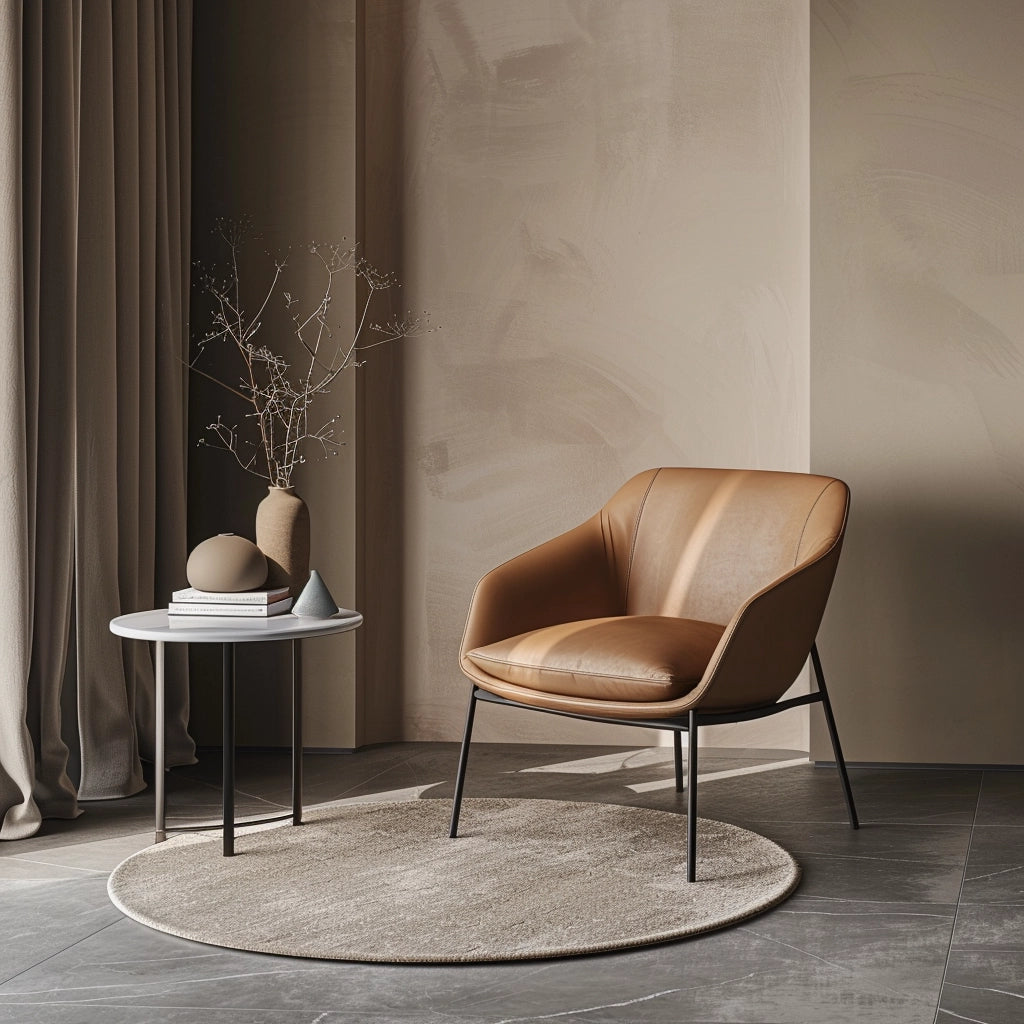
Decorative Items
Beyond furniture, Spanish leather is used to create a variety of decorative items that add character and charm to your home. Here are a few examples:
- Leather Wall Panels: These can serve as a luxurious backdrop in a living room or study, adding texture and depth to the walls.
- Photo Frames and Mirrors: Wrapped in leather, these items bring a warm, personal touch to your home decor. They work well on shelves, mantles, and as part of gallery walls.
- Leather Rugs and Throws: These pieces add a cozy, yet sophisticated feel to any room. Leather rugs and throws are not only beautiful but also incredibly durable, making them suitable for high-traffic areas.
- Leather Plant Holders: A modern twist on traditional plant potting, leather plant holders offer an elegant way to display indoor plants, adding a touch of greenery to the leather’s rich texture.
Incorporating Spanish leather into your home decor offers both aesthetic and practical benefits. Its versatility makes it suitable for a range of applications, from furniture and upholstery to unique decorative items. Whether you’re looking to add a statement piece or subtle accents to your interior, Spanish leather provides a durable, stylish, and timeless option that can elevate the look and feel of your home.
Spanish leather has long been celebrated for its exceptional quality, durability, and timeless appeal. From the meticulous craftsmanship of artisan workshops to the innovative practices that ensure sustainability, Spanish leather embodies a rich heritage of artistry and a commitment to the future. Its versatility makes it a preferred choice not only in the world of fashion but also in home decor, offering both functionality and elegance.
The allure of Spanish leather lies in its unique combination of tradition and innovation. Artisans continue to honor centuries-old techniques while embracing modern technologies and sustainable practices. This balance ensures that Spanish leather remains relevant and sought after in a rapidly changing world, appealing to those who value quality, sustainability, and style.
In fashion, Spanish leather transforms into exquisite items that transcend seasonal trends, offering durability and a timeless aesthetic. In home decor, it brings warmth and sophistication to interiors through luxurious furniture and unique decorative accents. The care and maintenance of Spanish leather products further contribute to their longevity, making them cherished possessions that can be enjoyed for years to come.
As we look to the future, the Spanish leather industry stands poised to continue its legacy of excellence. With a focus on ethical sourcing, environmental responsibility, and technological advancements, Spanish leather is set to remain at the forefront of luxury and sustainability. For enthusiasts and consumers around the globe, Spanish leather represents not just a material, but a symbol of enduring beauty and craftsmanship.
In conclusion, Spanish leather's appeal is timeless. It represents a perfect blend of the past and the future, tradition and innovation, elegance and sustainability. Whether gracing the runway, adorning a beloved accessory, or enhancing the beauty of a home, Spanish leather continues to capture hearts and imaginations, promising a future where quality and craftsmanship are treasured.
FAQs about Spanish Leather
1. What makes Spanish leather unique?
Spanish leather is renowned for its exceptional quality, craftsmanship, and durability. It stands out due to the traditional methods of tanning and dyeing passed down through generations, combined with modern innovations and a strong commitment to sustainability and ethical sourcing.
2. How can I tell if a leather product is genuinely made from Spanish leather?
Genuine Spanish leather products often come with a mark or certification indicating their origin. Look for labels, stamps, or documentation provided by the manufacturer. Additionally, the craftsmanship, quality of the material, and the attention to detail in the product can also signal its authenticity.
3. Is Spanish leather sustainable?
Yes, the Spanish leather industry has made significant strides towards sustainability. This includes adopting vegetable tanning processes, minimizing water usage, recycling waste, and ensuring ethical sourcing of hides. Many Spanish leather producers are committed to reducing their environmental impact.
4. Can Spanish leather be used in vegan or cruelty-free lifestyles?
While leather is an animal product and not suitable for vegan lifestyles, the Spanish leather industry is conscious of ethical concerns. It often uses hides that are byproducts of the food industry, aiming to reduce waste. However, for those seeking vegan alternatives, there are Spanish brands that offer high-quality, leather-like materials made from plant-based or synthetic sources.
5. How should I care for my Spanish leather goods to ensure their longevity?
To maintain the beauty and durability of Spanish leather goods, clean them regularly with a soft cloth to remove dust and dirt. Condition them periodically with a suitable leather conditioner to keep the material soft and prevent cracking. Protect them from excessive moisture and direct sunlight, and store them properly when not in use.
6. Are Spanish leather products more expensive than other leather goods?
The price of Spanish leather goods can vary, reflecting the quality of the material, the craftsmanship involved, and the brand. While some Spanish leather items may be more expensive than mass-produced leather goods, their durability, timeless design, and the value of handmade craftsmanship often justify the investment.
7. Where can I buy Spanish leather products?
Spanish leather products can be purchased from a variety of sources, including online platforms, local boutiques, and markets in Spain. Many Spanish leather brands also ship internationally, making it easier for customers around the world to access their products.
These FAQs provide a brief overview of the essential aspects of Spanish leather, offering insights into its appeal, sustainability, and care. Whether you're a seasoned collector or a new admirer, Spanish leather represents a blend of tradition, quality, and ethical craftsmanship that stands the test of time.


